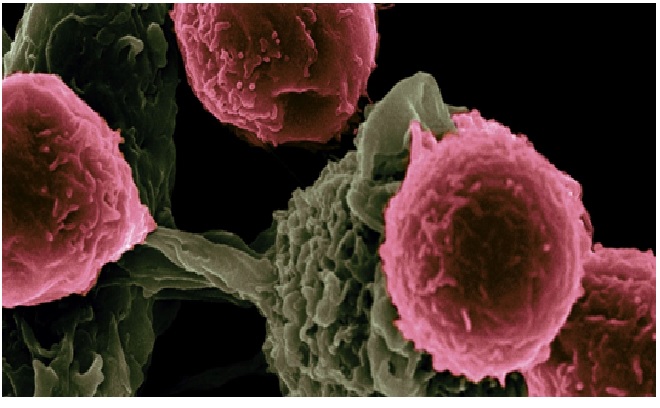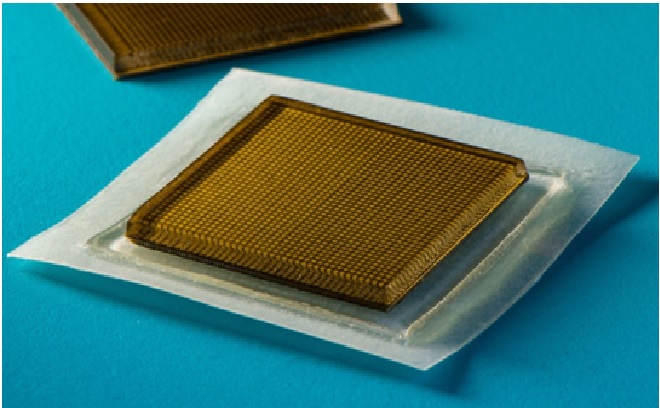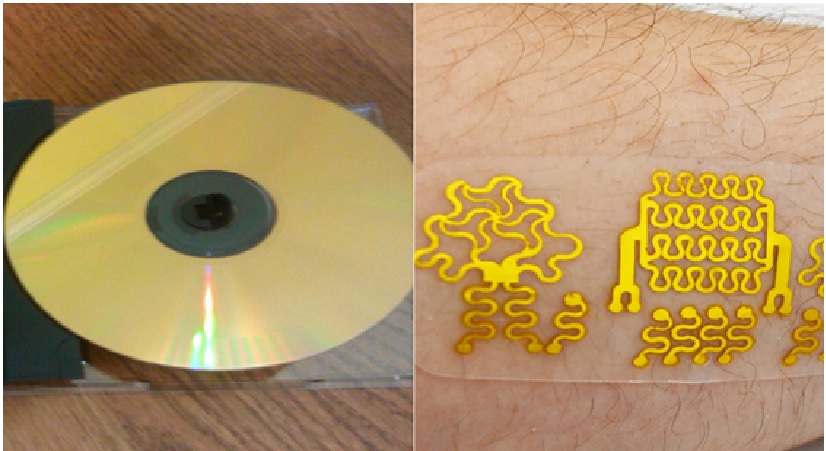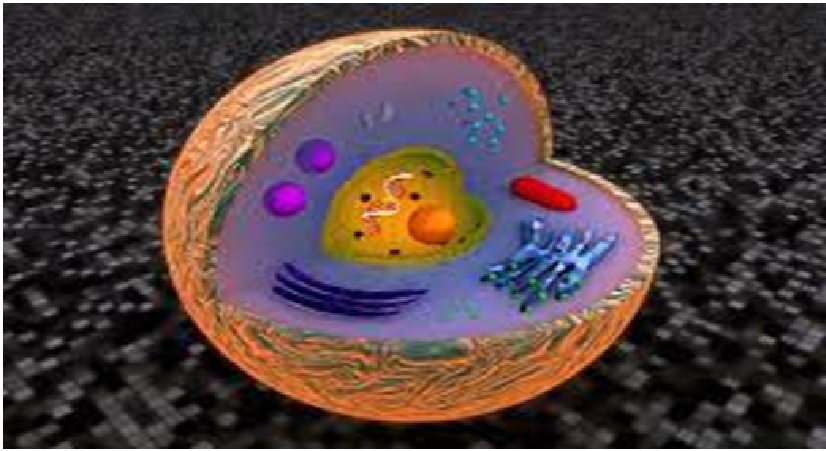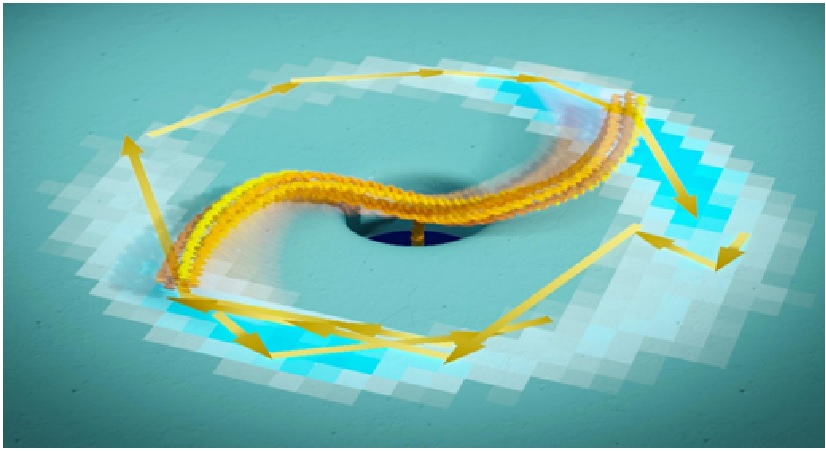Reef Fish Evolution Driven by Biting
Coral reefs are home to a spectacular variety of fish. A new study by biologists at the University of California, Davis, shows that much of this diversity is driven by a relatively recent innovation among bony fish — feeding by biting prey from surfaces. The work is published the week of July 25 in Proceedings of the National Academy of Sciences.
Although jawed fish appear in the fossil record almost 500 million years ago, feeding by grazing, nibbling or gnawing food off rocks and corals didn’t appear among the teleosts (the group that includes most bony fish) until after the dinosaur-killing mass extinction at the end of the Cretaceous period, about 60 million years ago, according to the new study. [1]
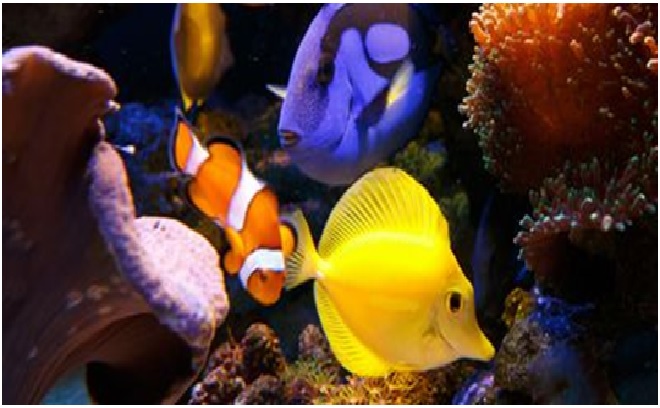
Figure 1. Reef Fish Evolution Driven by Biting
Figure 1 shows modern reef fish feed in a variety of ways. Many suck floating food into their mouths by rapidly expanding their heads. This suction feeding is thought to be ancestral in teleosts. A smaller number are “ram biters,” which catch food by essentially swimming onto it with their mouths open.
Many reef fish, including iconic species such as parrotfish, butterflyfish and triggerfish, bite their food off hard surfaces. This gives them access to prey such as snails and shellfish, echinoderms, anemones, algae and other animals and plants that may be quite firmly stuck to the substrate. [2]
Corn, working with Professor Peter Wainwright and other colleagues in the UC Davis Department of Evolution and Ecology classified 1,530 living species of reef fish by feeding method, then mapped them onto an evolutionary tree of the teleosts. They also studied the rate of body shape evolution in all of these fish.
They found that at the end of the Cretaceous, nearly all of the fish in these lineages were suction feeders. Today, four in 10 reef species are “benthic biters” that browse on the substrate. The biting species are evolving in body shape at almost twice the rate of suction feeders, they discovered. [3]
The work was partly supported by the National Science Foundation. Corn was supported by an American Dissertation Fellowship from the American Association of University Women and a fellowship from the Achievement Rewards for College Scientists Foundation. [4]
References:
- https://marinescience.ucdavis.edu/news/reef-fish-evolution-driven-biting
- https://indiaeducationdiary.in/university-of-california-davis-reef-fish-evolution-driven-by-biting/
- https://www.labmanager.com/news/reef-fish-evolution-driven-by-biting-28529
- https://www.sciencedaily.com/releases/2022/07/220726194432.htm
Cite this article:
Thanusri swetha J (2022), Reef Fish Evolution Driven by Biting, AnaTechMaz, pp.65




